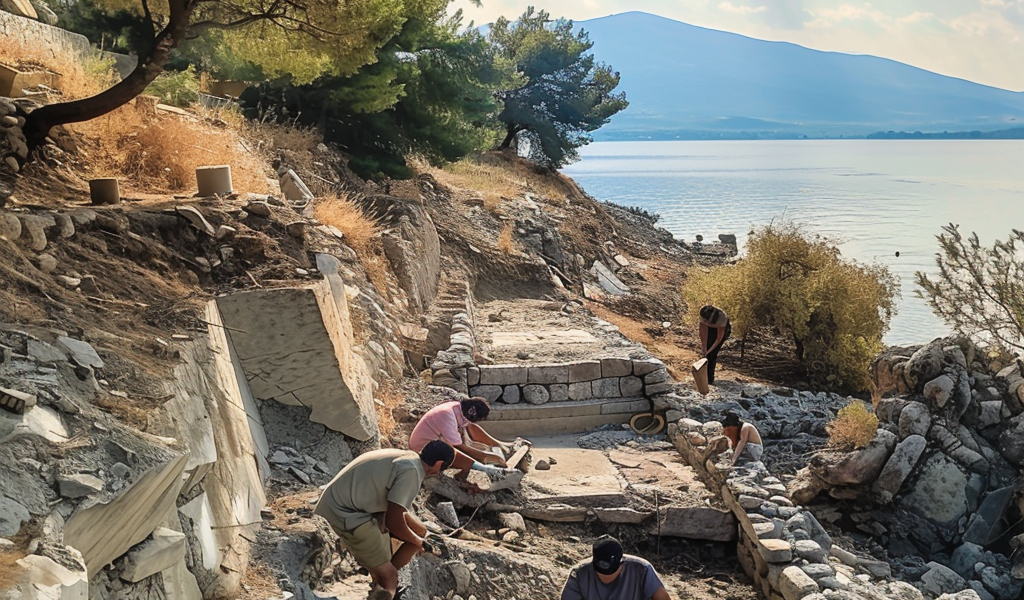Archaeologists have made a groundbreaking discovery using cosmic rays to shed light on a secret 7,000-year-old settlement in Greece. Traditional dating methods like radiocarbon dating and dendrochronology have limitations in certain regions, prompting scientists from the University of Bern to explore new avenues.
By analyzing Miyake events, which are intense cosmic ray occurrences in the distant past, researchers were able to accurately date the growth of the ancient Greek settlement. This innovative approach could potentially unravel more archaeological mysteries in the southern Balkans.
While time machines remain a fantasy, scientists continue to devise creative techniques to unveil the secrets of the past. Radiocarbon dating and dendrochronology have long been relied upon to decipher prehistoric timelines, but their applicability varies across different regions.
According to Andrej Maczkowski from the University of Bern, the Mediterranean region lacks a consistent chronology, making it challenging to pinpoint precise dates for ancient settlements. This posed a significant obstacle for Maczkowski and his team working at the Dispilio site on Lake Orestida in northern Greece.
To overcome this challenge, the researchers turned to Miyake events, which are ancient cosmic ray bursts that leave traces in trees by altering carbon-14 levels. Named after the Japanese physicist Fusa Miyake who discovered them in 2012, these events offer a unique opportunity to refine dating techniques and achieve more accurate results.
By harnessing the power of cosmic rays, archaeologists are opening a new window into the past, enabling them to delve deeper into the mysteries of ancient civilizations. This innovative approach showcases the evolving nature of archaeological research and the constant quest for knowledge about our shared history.





